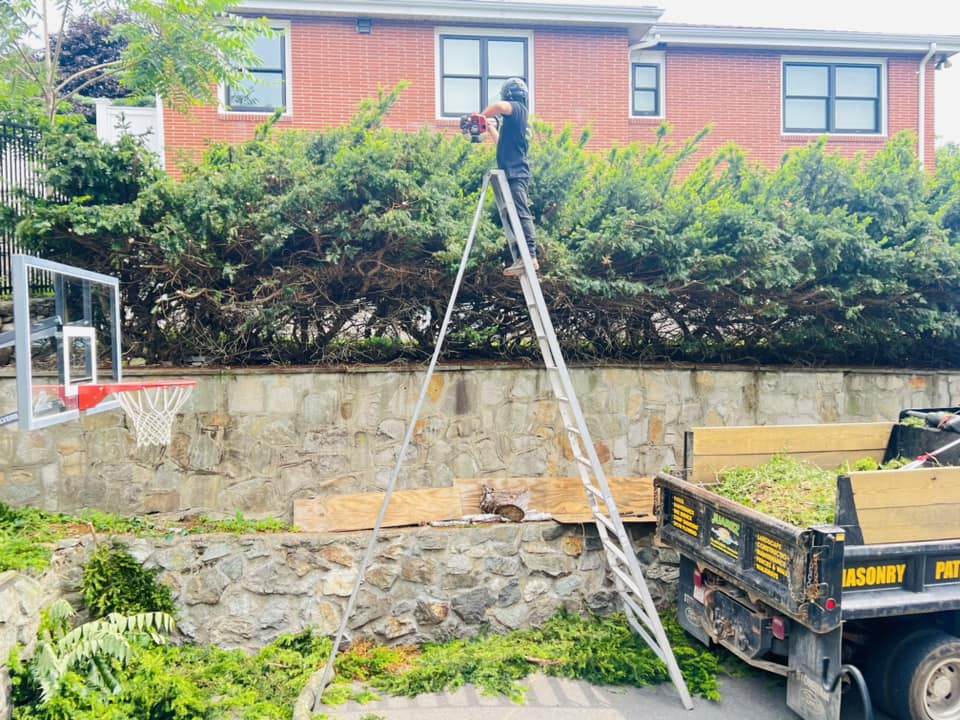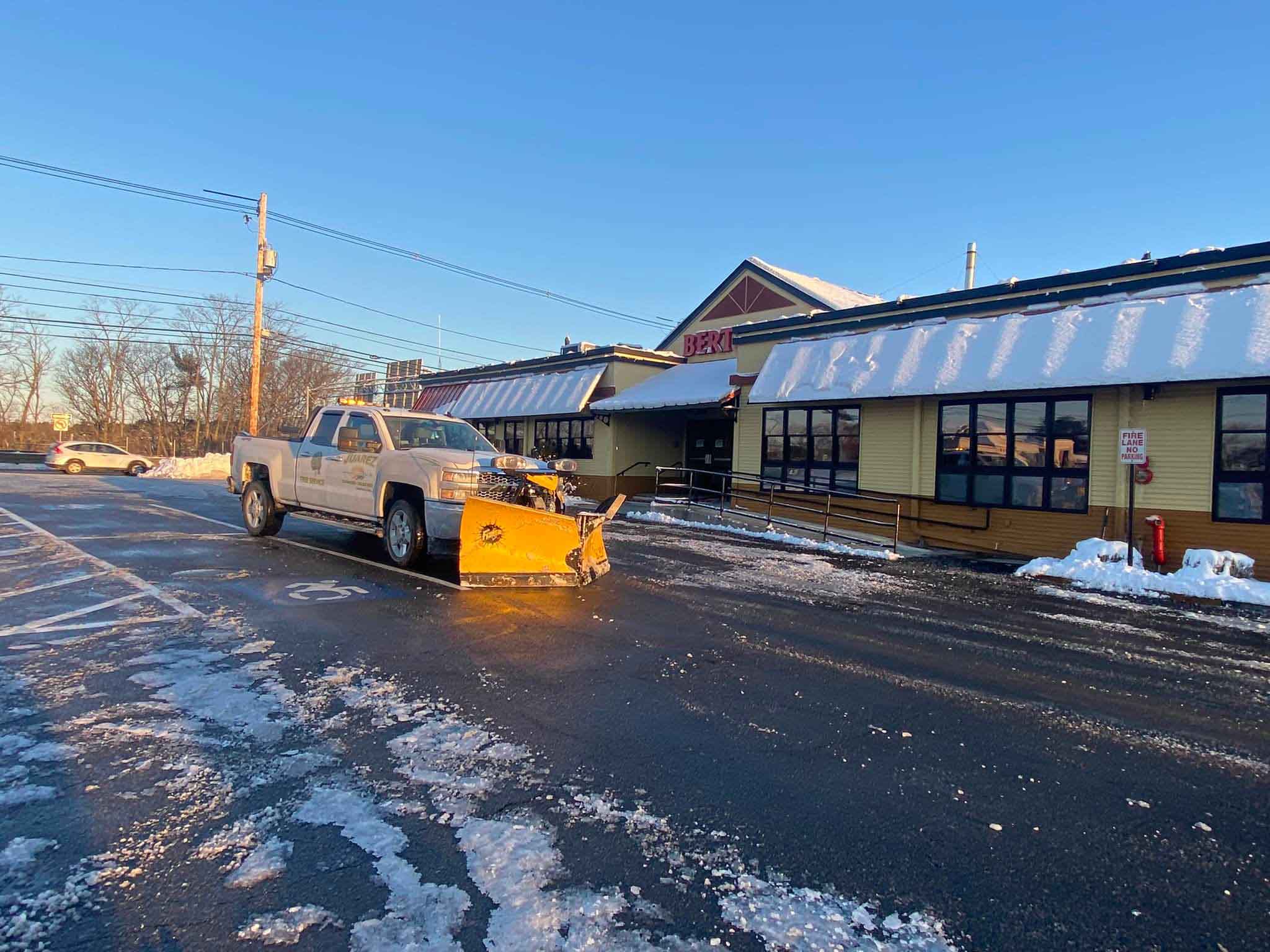Tree removal is often necessary for safety, development, or maintenance purposes, but traditional methods can significantly impact the environment. As our understanding of ecological preservation grows, the importance of sustainable tree removal practices becomes increasingly evident. This comprehensive guide explores environmentally conscious approaches to tree removal, focusing on methods that minimize environmental impact while maintaining the delicate balance of our ecosystems.
The Need for Environmental Consciousness in Tree Removal
Traditional tree removal methods often overlook environmental impacts, leading to soil disruption, wildlife displacement, and increased carbon footprint. Modern sustainable approaches prioritize ecosystem preservation while effectively managing necessary tree removal. These methods consider long-term environmental effects, ensuring minimal disturbance to surrounding vegetation and wildlife habitats.
Understanding Sustainable Tree Removal Techniques
Selective Removal and Preservation
Sustainable tree removal begins with careful assessment of which trees truly need removal. Professional evaluation determines if trimming or crown reduction could be viable alternatives. When removal is necessary, surrounding vegetation protection becomes paramount, utilizing specialized equipment and techniques to minimize impact on the local ecosystem.
Advanced Equipment and Methods
Modern electric and hybrid machinery significantly reduces emissions and noise pollution during removal operations. These tools, combined with precision cutting techniques, allow for more controlled removal processes. Juarez Landscaping and Tree Services employs these advanced methods, ensuring minimal environmental impact while maintaining high efficiency.
Habitat Conservation Strategies
Wildlife Protection Measures
Professional arborists conduct thorough wildlife surveys before removal, identifying active nests, dens, or other animal habitats. Timing removals around breeding seasons and implementing temporary wildlife relocation when necessary helps preserve local fauna. Creating alternative habitat solutions nearby ensures displaced wildlife can readily find new homes.
Root System Management
Careful consideration of root systems prevents soil erosion and protects neighboring plants. Sustainable removal techniques preserve beneficial root structures when possible, maintaining soil stability and underground ecosystem health. This approach helps prevent long-term damage to the surrounding environment.
Waste Management and Resource Utilization
Biomass Recycling
Converting removed trees into useful resources represents a cornerstone of eco-friendly removal. Wood can be processed into mulch, compost, or lumber for local use. This reduces landfill waste while providing valuable materials for landscaping and construction projects.
Local Distribution Benefits
Using removed tree materials locally reduces transportation emissions and supports community sustainability initiatives. The eco-friendly approach practiced by Juarez Landscaping and Tree Services ensures maximum resource utilization while minimizing environmental impact.
Site Restoration and Future Growth
Soil Health Maintenance
Proper site restoration following removal includes soil preservation and enhancement measures. Implementing erosion control techniques and soil amendment practices ensures the area remains viable for future plant growth. This comprehensive approach maintains long-term ecosystem health.
Replanting Initiatives
Sustainable tree removal often incorporates replanting programs to offset environmental impact. Choosing native species for replanting helps maintain local biodiversity and ensures successful growth in the existing climate conditions.
Environmental Impact Assessment
Carbon Footprint Reduction
Sustainable removal methods significantly decrease carbon emissions compared to traditional approaches. Using electric equipment, implementing efficient removal strategies, and proper resource utilization all contribute to reduced environmental impact.
Ecosystem Protection
Comprehensive environmental impact assessments guide removal procedures, ensuring minimal disruption to local ecosystems. This includes protecting water resources, preventing soil contamination, and maintaining natural drainage patterns.
Professional Expertise and Planning
Certified Arborist Involvement
Professional certification ensures proper assessment and execution of eco-friendly removal techniques. Expert knowledge helps identify the most sustainable approach for each specific situation, maximizing environmental protection while meeting removal objectives.
Strategic Planning Process
Detailed planning incorporates environmental considerations at every stage. From initial assessment through final site restoration, each step prioritizes ecosystem preservation while maintaining practical efficiency.
Community and Environmental Benefits
Local Ecosystem Preservation
Sustainable removal practices help maintain community green spaces and wildlife corridors. This approach ensures urban forests continue providing essential environmental services while managing necessary tree removal.
Educational Opportunities
Professional services often include community education about sustainable practices. Understanding the importance of eco-friendly removal helps build support for environmental preservation initiatives.
Long-term Environmental Considerations
Future Impact Assessment
Sustainable removal considers long-term environmental effects, including changes to local microclimates and ecosystem dynamics. This forward-thinking approach helps prevent unintended consequences of tree removal.
Adaptive Management Strategies
Regular monitoring and adjustment of removal practices ensure continued environmental protection. As new sustainable technologies and methods emerge, professional services adapt their approaches accordingly.
Economic and Environmental Balance
Cost-Effective Sustainability
While eco-friendly removal may initially seem more expensive, long-term benefits often provide significant cost savings. Reduced environmental impact, resource utilization, and site preservation contribute to overall economic efficiency.
Investment in Environmental Protection
Choosing sustainable removal methods represents an investment in environmental preservation. The additional care and expertise required help ensure lasting positive impacts on local ecosystems.
Conclusion
Embracing eco-friendly tree removal represents a crucial step toward environmental stewardship. By choosing sustainable methods, we protect our ecosystems while meeting necessary removal requirements. This balanced approach ensures responsible tree management for current and future generations.




Tree removal is often necessary for safety, development, or maintenance purposes, but traditional methods can significantly impact the environment. As our understanding of ecological preservation grows, the importance of sustainable tree removal practices becomes increasingly evident. This comprehensive guide explores environmentally conscious approaches to tree removal, focusing on methods that minimize environmental impact while maintaining the delicate balance of our ecosystems.
The Need for Environmental Consciousness in Tree Removal
Traditional tree removal methods often overlook environmental impacts, leading to soil disruption, wildlife displacement, and increased carbon footprint. Modern sustainable approaches prioritize ecosystem preservation while effectively managing necessary tree removal. These methods consider long-term environmental effects, ensuring minimal disturbance to surrounding vegetation and wildlife habitats.
Understanding Sustainable Tree Removal Techniques
Selective Removal and Preservation
Sustainable tree removal begins with careful assessment of which trees truly need removal. Professional evaluation determines if trimming or crown reduction could be viable alternatives. When removal is necessary, surrounding vegetation protection becomes paramount, utilizing specialized equipment and techniques to minimize impact on the local ecosystem.
Advanced Equipment and Methods
Modern electric and hybrid machinery significantly reduces emissions and noise pollution during removal operations. These tools, combined with precision cutting techniques, allow for more controlled removal processes. Juarez Landscaping and Tree Services employs these advanced methods, ensuring minimal environmental impact while maintaining high efficiency.
Habitat Conservation Strategies
Wildlife Protection Measures
Professional arborists conduct thorough wildlife surveys before removal, identifying active nests, dens, or other animal habitats. Timing removals around breeding seasons and implementing temporary wildlife relocation when necessary helps preserve local fauna. Creating alternative habitat solutions nearby ensures displaced wildlife can readily find new homes.
Root System Management
Careful consideration of root systems prevents soil erosion and protects neighboring plants. Sustainable removal techniques preserve beneficial root structures when possible, maintaining soil stability and underground ecosystem health. This approach helps prevent long-term damage to the surrounding environment.
Waste Management and Resource Utilization
Biomass Recycling
Converting removed trees into useful resources represents a cornerstone of eco-friendly removal. Wood can be processed into mulch, compost, or lumber for local use. This reduces landfill waste while providing valuable materials for landscaping and construction projects.
Local Distribution Benefits
Using removed tree materials locally reduces transportation emissions and supports community sustainability initiatives. The eco-friendly approach practiced by Juarez Landscaping and Tree Services ensures maximum resource utilization while minimizing environmental impact.
Site Restoration and Future Growth
Soil Health Maintenance
Proper site restoration following removal includes soil preservation and enhancement measures. Implementing erosion control techniques and soil amendment practices ensures the area remains viable for future plant growth. This comprehensive approach maintains long-term ecosystem health.
Replanting Initiatives
Sustainable tree removal often incorporates replanting programs to offset environmental impact. Choosing native species for replanting helps maintain local biodiversity and ensures successful growth in the existing climate conditions.
Environmental Impact Assessment
Carbon Footprint Reduction
Sustainable removal methods significantly decrease carbon emissions compared to traditional approaches. Using electric equipment, implementing efficient removal strategies, and proper resource utilization all contribute to reduced environmental impact.
Ecosystem Protection
Comprehensive environmental impact assessments guide removal procedures, ensuring minimal disruption to local ecosystems. This includes protecting water resources, preventing soil contamination, and maintaining natural drainage patterns.
Professional Expertise and Planning
Certified Arborist Involvement
Professional certification ensures proper assessment and execution of eco-friendly removal techniques. Expert knowledge helps identify the most sustainable approach for each specific situation, maximizing environmental protection while meeting removal objectives.
Strategic Planning Process
Detailed planning incorporates environmental considerations at every stage. From initial assessment through final site restoration, each step prioritizes ecosystem preservation while maintaining practical efficiency.
Community and Environmental Benefits
Local Ecosystem Preservation
Sustainable removal practices help maintain community green spaces and wildlife corridors. This approach ensures urban forests continue providing essential environmental services while managing necessary tree removal.
Educational Opportunities
Professional services often include community education about sustainable practices. Understanding the importance of eco-friendly removal helps build support for environmental preservation initiatives.
Long-term Environmental Considerations
Future Impact Assessment
Sustainable removal considers long-term environmental effects, including changes to local microclimates and ecosystem dynamics. This forward-thinking approach helps prevent unintended consequences of tree removal.
Adaptive Management Strategies
Regular monitoring and adjustment of removal practices ensure continued environmental protection. As new sustainable technologies and methods emerge, professional services adapt their approaches accordingly.
Economic and Environmental Balance
Cost-Effective Sustainability
While eco-friendly removal may initially seem more expensive, long-term benefits often provide significant cost savings. Reduced environmental impact, resource utilization, and site preservation contribute to overall economic efficiency.
Investment in Environmental Protection
Choosing sustainable removal methods represents an investment in environmental preservation. The additional care and expertise required help ensure lasting positive impacts on local ecosystems.
Conclusion
Embracing eco-friendly tree removal represents a crucial step toward environmental stewardship. By choosing sustainable methods, we protect our ecosystems while meeting necessary removal requirements. This balanced approach ensures responsible tree management for current and future generations.
Overgrown branches don’t just create an unsightly appearance—they pose serious risks to…
Read MoreWhen heavy snowfall blankets your property, the temptation to grab a shovel…
Read MoreWhen faced with the need to remove a tree from your property,…
Read MoreRetaining walls are far more than functional structures that hold back soil…
Read MoreWhen storm clouds gather over Peabody and the surrounding Massachusetts areas, most…
Read MoreFirst impressions determine everything in commercial real estate. When potential tenants, customers,…
Read MoreExtreme weather events are becoming increasingly common, making climate resilient landscaping an…
Read MoreThe landscaping industry is experiencing a fundamental shift as homeowners and designers…
Read MoreSelecting the perfect fencing material for your property can feel overwhelming with…
Read MoreHave you ever wondered if that tree stump in your yard might…
Read More